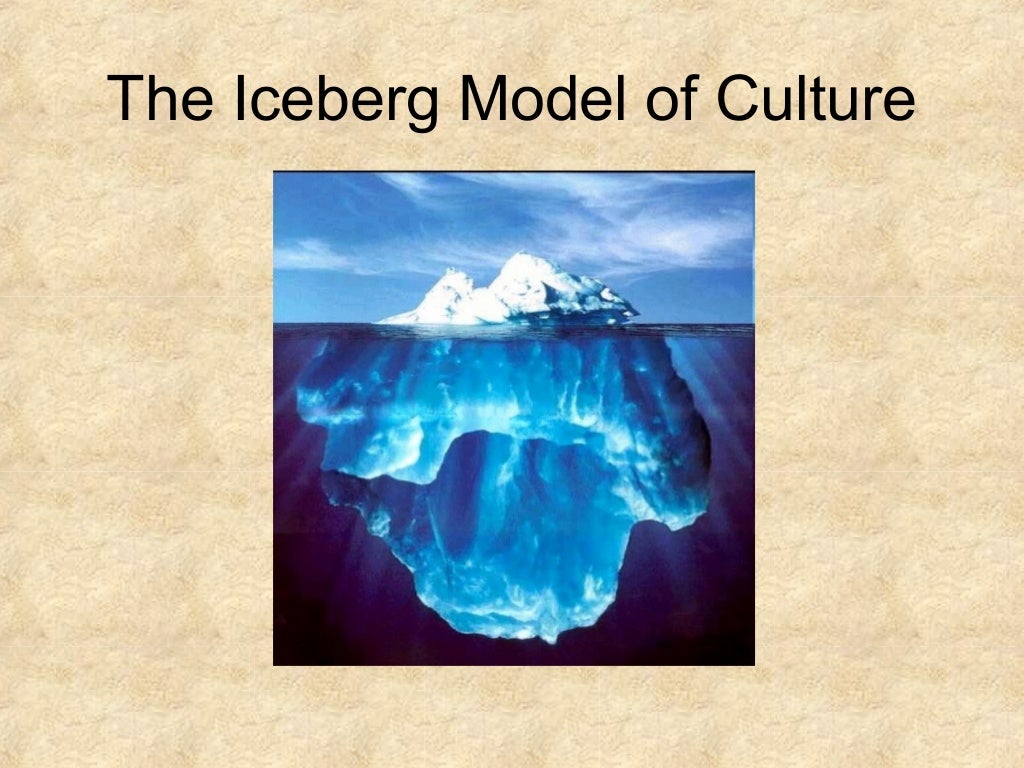


To ensure your group has the best chance of getting to the root of the problem, create a safe space for their discussions.Īnything someone says in the group discussion should not be used against them later. In this step, you use the culture model to understand how the different levels of culture apply to your problem. Engage a group to find out what’s causing the problemĬulture exists in groups, so this step involves getting a group of your people together who can get to the bottom of what’s causing your business problem. If you have a problem, however, the first step is to spell out the problem as specifically and precisely as possible. If your organizational culture is adaptive and can change automatically to new internal and external realities, then you don’t have a problem, and you don’t need to fix your culture. The method we propose looks like this:Ĭulture only really matters when there is a problem, much like your personality only matters if there is a problem. Let’s briefly look at a simple process you can use to use the culture model, and then we’ll look at an example. You can think of assumptions as the foundation or cause of the parts of the pyramid above. The organization’s assumptions are the unconscious beliefs that the people within the organization hold to be true, but without ever challenging, testing, or verifying them for themselves.īecause assumptions are unwritten and usually unspoken, they can be challenging to ascertain, and you’ll unlikely discover them quickly. These are the reasons why the organization chooses to do things in certain ways, and it’s why one particular artifact might look the way it does. They are the strategies, goals, and philosophies declared and endorsed by the organization. Values, often referred to as espoused values, are harder to see than artifacts. Beneath that, you’ll have a set of values that caused you to set up this structure in the first place. Suppose you have an organizational structure as an artifact. To really make sense of artifacts, you must dig deeper, leading us to values. You can see it quickly, but it’s hard to interpret why it is the way it is and what it means at a deeper level. For example, suppose you’re looking at an organization and seeing its organizational structure. ArtefactsĪrtifacts are those elements of culture that are easy for outsiders to the organization to observe, the visible organizational structures and processes.Īlthough artifacts can be easy to see, they can be hard to decipher. Let’s examine each of the levels in more detail: 1.


 0 kommentar(er)
0 kommentar(er)
